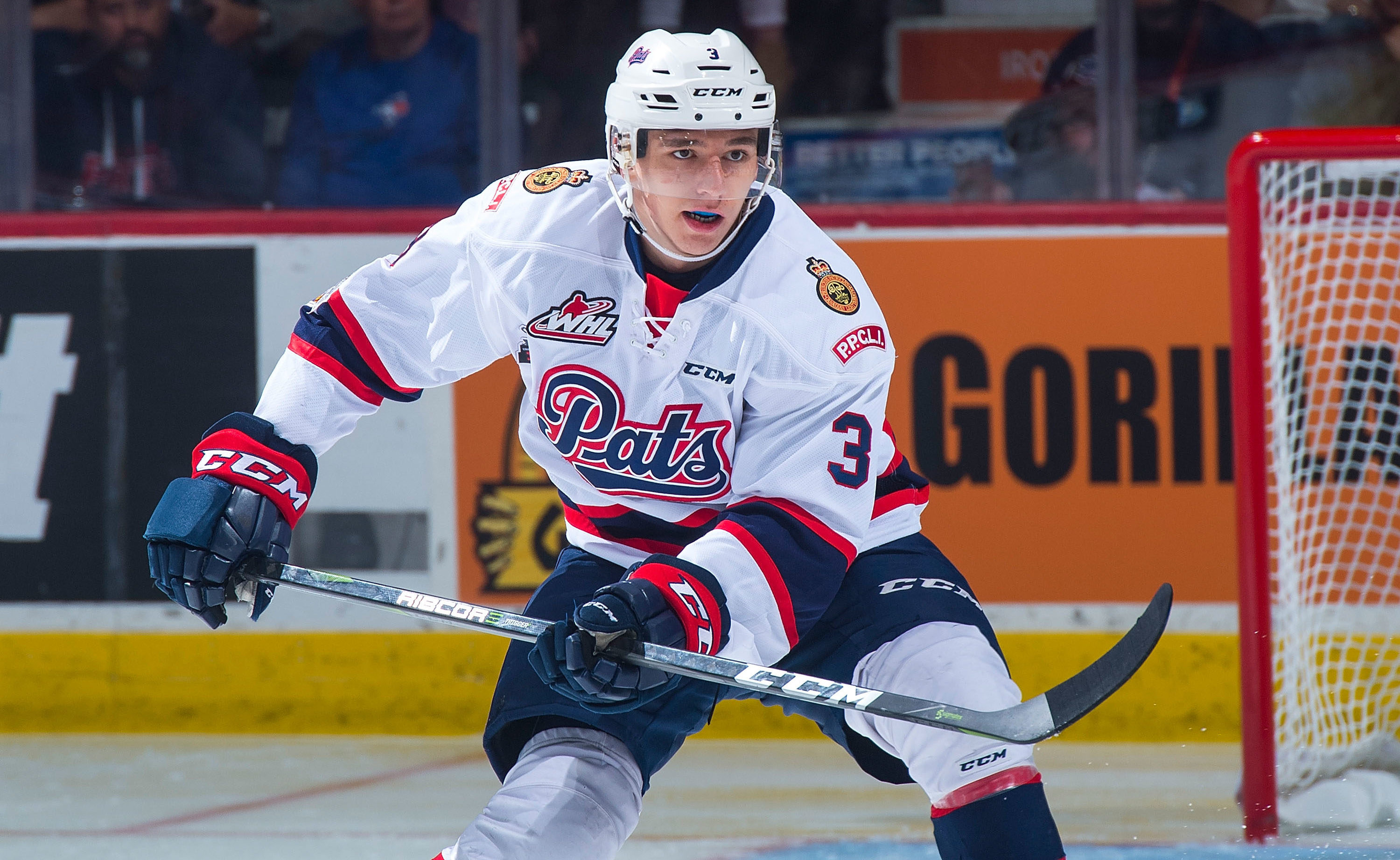Steve Kournianos is an NHL Draft analyst and prospect expert. His website, thedraftanalyst.com, has in-depth breakdowns of prospects all around the world.
Steve chatted with us about the players the Blueshirts received at the NHL Trade Deadline and what he expects from the team at the Draft.
MSGNetworks.com: We’ll start off with the prospects the Rangers received in their blockbuster trade with the Lightning at the deadline. Both Brett Howden and Libor Hajek were taken by the Lightning in the first and second rounds in the 2016 NHL Draft. What can you tell us about their strengths and weaknesses? Are there any pro hockey players they compare favorably to?
[Fischler: Blueshirts Begin the Rebuild With Deadline Deals]
Kournianos: Both Hajek and Howden have been impact players at both the junior and international level for their respective countries.
Hajek was part of a talented Czech defense corps dating back to the 2014 World Under-17 Hockey Challenge and is usually on the top pairing because he has an acute awareness of all situations, especially in the defensive zone. Hajek makes transitioning from defense to offense look easy because he makes the right reads and then uses his speed to either exploit openings or create them himself.
People need to understand that his role as a top-pairing defender on a thin Saskatoon Blades squad limited his opportunities to produce, and it’s impossible for one defenseman to carry an attack that simply couldn’t score. Hajek has been more involved on offense since he was traded to the Regina Pats, and his compete level remains high regardless of the score or which team he has played for.
[Watch: Kournianos Looks Ahead to Rangers Draft]
Although he likely won’t run the power play, and both his shot and creativity are average for a rearguard, Hajek is the defenseman you want on the ice in late/close situations. Brady Skjei is a good comparison because Hajek is a big, mobile defender with untapped offensive abilities who, like Skjei, has been used in a shutdown role for most of his amateur career.
Howden is a well-rounded center who plays a smart, controlled game in all three zones. He’s got good size and makes rational decisions on the ice. Howden’s reputation as a pass-first pivot is strengthened by his ability to create chances on the power play, but he’s patient enough in the low slot to finesse the puck home.
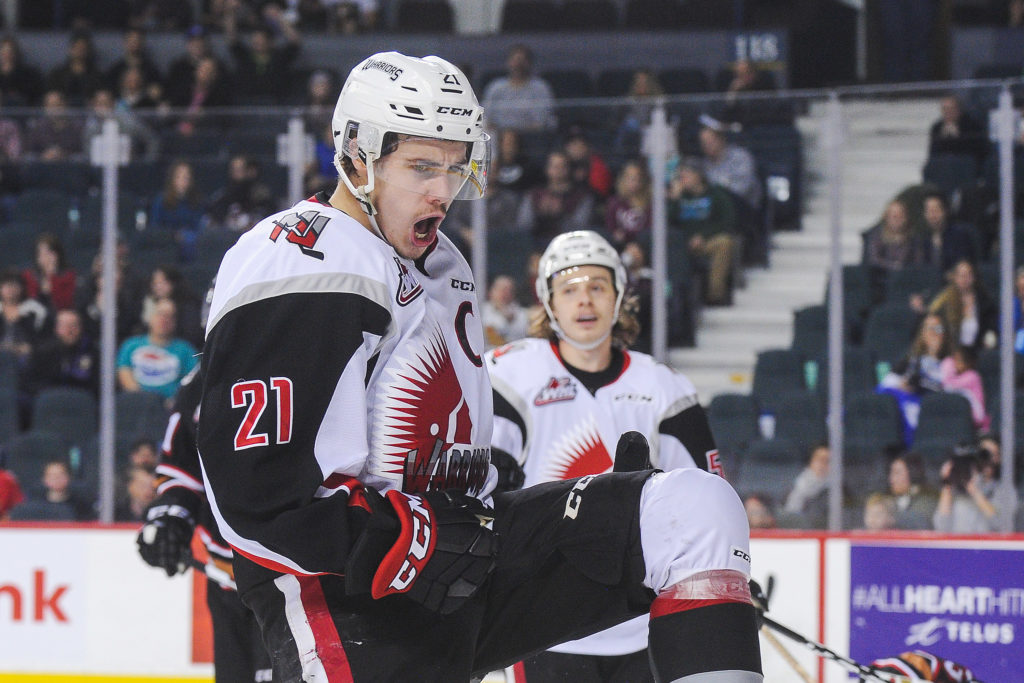
Howden is also a good, strong skater with excellent balance and can make quick directional changes, but I don’t see him as a roadrunner who in open ice will blow past defenders.
Much like Hajek, Howden is a late-game option who can take and win a big faceoff and cover defensive-zone gaps left by wandering defensemen. He’s prudent in his own end and a calculated risk-taker on offense. He may not be as rugged and fiery as a Jonathan Toews, but Howden appears to pattern the rest of his game the same way.
MSGNetworks.com: Along with Howden and Hajek, the Rangers also acquired defenseman Ryan Lindgren from the Bruins in the Rick Nash trade. How would you project his development?
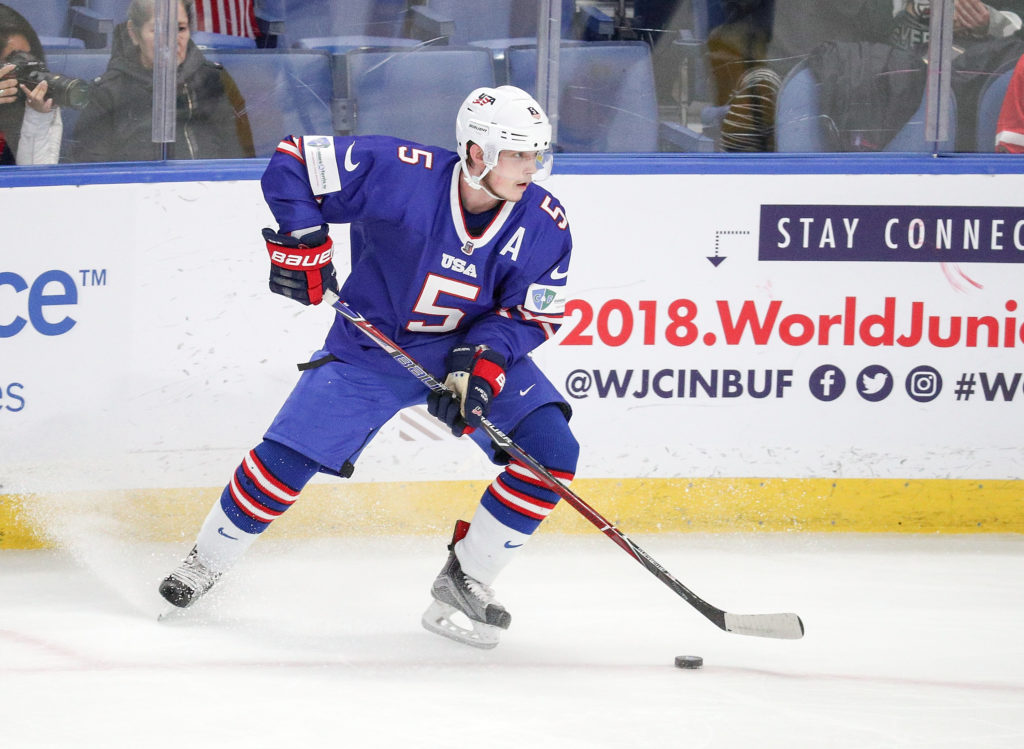
Kournianos: Lindgren was a top-pairing defenseman for Team USA’s Under-18 National Team Development Program in 2016 and today is a go-to leader for the Golden Gophers. On top of that, he was named team captain for the U.S. at the recent Under-20 World Junior Hockey Championship. What you get from Lindgren is a hard-nosed, smothering style of defense and quick outlet passes that trap forecheckers.
This season Minnesota struggled to score goals, so it isn’t just Lindgren whose stats suffered. He’s tough to knock off the puck and can wire a hard, accurate shot. To me, Lindgren should be groomed as the type of safety net to pair with a modern-day rover like (dare I say) projected top-pick Rasmus Dahlin.
MSGNetworks.com: Defense seemed to be an area Jeff Gorton targeted at the trade deadline. The Blueshirts also acquired blueliner Yegor Rykov in the Michael Grabner deal, along with a second-round pick in this year’s draft. What do you know about his game?
Kournianos: It’s funny that the Rangers targeted Rykov because back in 2015 I had them taking him in the seventh round of my final mock draft, and the only reason I had him going that late was because he seemed committed to developing in Russia. He’s a poised blueliner with a strong upper body and a hard shot who covers the area below the circles as well as any defensive prospect.
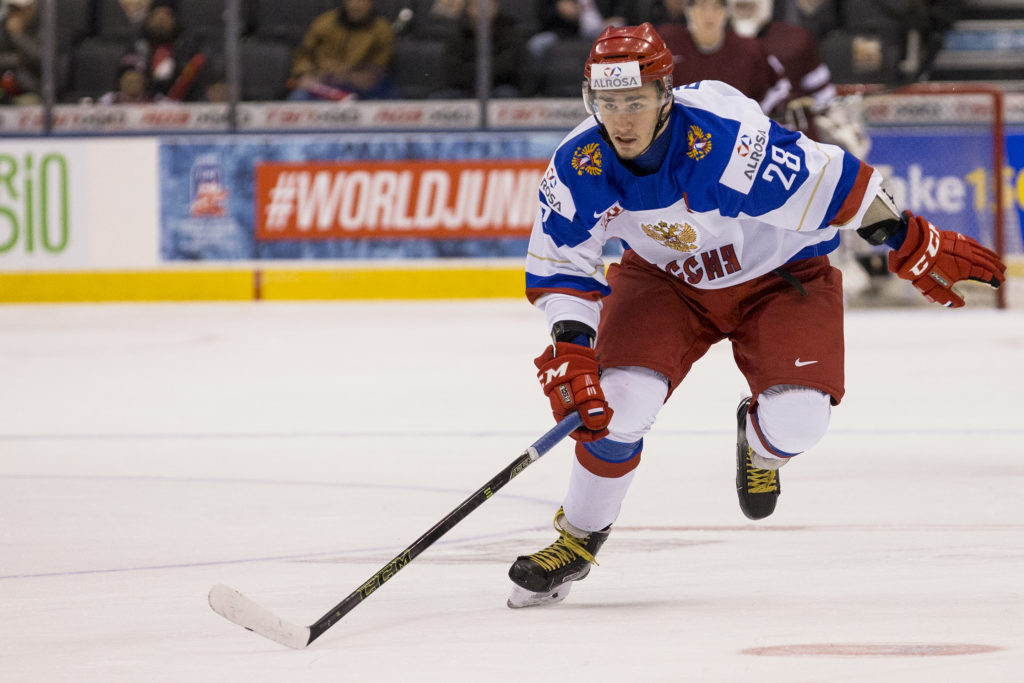
The Rangers’ defense has had issues with puck management the last few seasons and Rykov is rarely the guy who flinches first in the face of an aggressive forecheck. He doesn’t mind taking a hard hit to move the puck cleanly, plus he’s capable of connecting with streaking forwards from distances deep inside his own end. You can bet the Rangers have seen plenty of him as he is teammates with goalie prospect Igor Shestyorkin in the KHL.
MSGNetworks.com: Finally, the Rangers have three first-round picks in the 2018 NHL Draft. Would you say this year’s draft is deep and do you think the Blueshirts can come away with impact players in the first round?
Kournianos: The 2018 Draft is deep for a variety of reasons. For one, it features a handful of top-end prospects with star potential whose transition to the NHL should be seamless. Second, most of the top prospects are either playing (and producing) in adult leagues in Europe, or they have dominated the international circuit or both. The amount of quality two-way and offensive defensemen, plus a strong group of European imports playing in North America helps offset one of the thinnest crops of Canadian-trained forwards in recent memory.
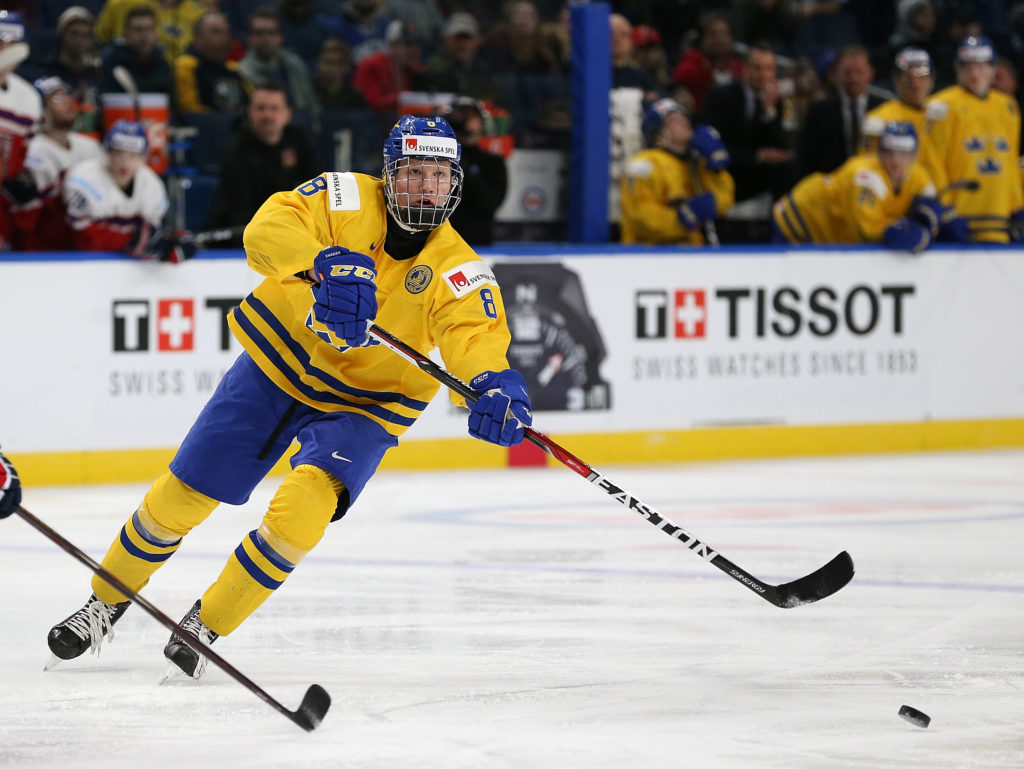
If the Rangers view the 2018 Draft in a similar fashion, they can address a void in their farm system by acquiring skilled players – forwards or defensemen – who are both fast and creative. I think that each one of the players expected to go within the top three – Dahlin and wingers Andrei Svechnikov and Filip Zadina – is NHL ready and should be expected to make the team out of camp next year.
If you include the youngsters they already have with the blue-chippers they should acquire on draft day, there’s a good bet the Rangers will leave Dallas with their deepest pool of prospects since the early 1990s when the farm system included Tony Amonte, Sergei Zubov, Doug Weight and Alexei Kovalev.
